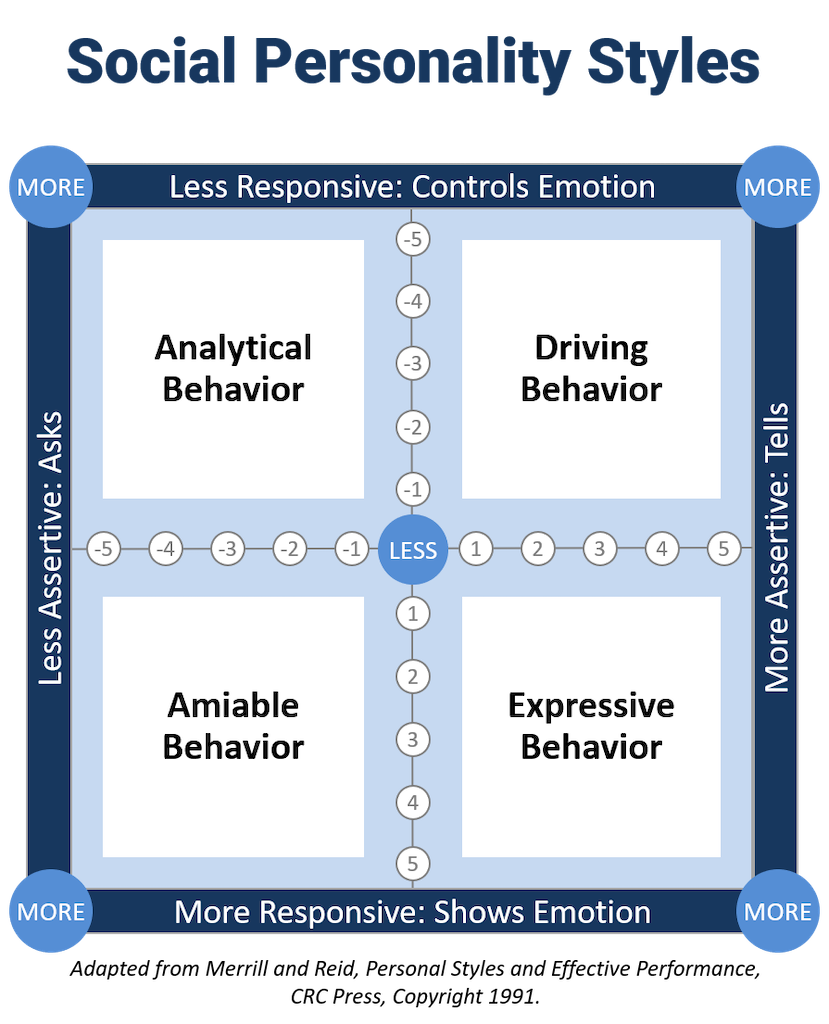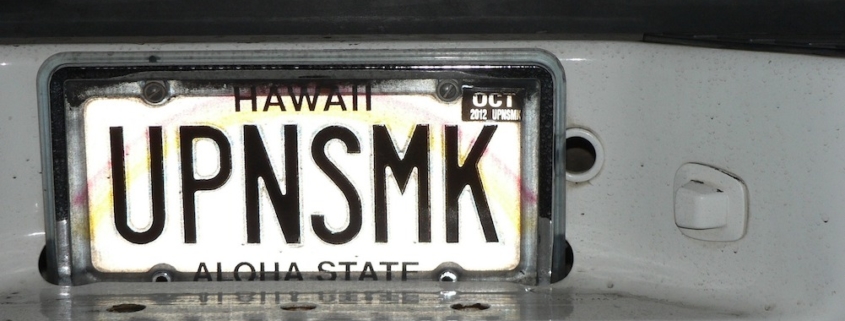What Cheech & Chong Can Teach Us about Persuasion
On a late-night flight to Phoenix, Amy and I found ourselves seated in the first-class cabin with none other than comedians Cheech Marin and Tommy Chong. (Yep, I tell everyone I got high with Cheech and Chong; 37,000 feet, to be precise.)
I relished watching passengers board the plane and recognize the famous duo who starred in the 1978 stoner-film classic, Up In Smoke.
The most interesting reaction came from an octogenarian woman who, upon spying Cheech, stopped the entire boarding process in its tracks. Squinting suspiciously and waving a crooked finger at Cheech, she screeched in a wicked witch-like voice, “I know you” — dragging out the last syllable with a menacing result. We all fell quiet as she repeated her seemingly accusatory statement: “I know you.”
Cheech smiled grimly, apparently having been in this social situation before.
Then, as if struck by lightning, the woman completely changed her demeanor to something akin to a gentle yet confused grandmother and asked, “Who are you?”
The cabin exploded with laughter, along with the woman, and Cheech — to his credit — added to the hilarity by responding: “Bob Barker!”
With an “Oh, you!” wave of her hand, the woman continued down the aisle and boarding resumed.
If you want to experience yes success, you must know with whom you are working. In their classic book, Personal Styles & Effective Performance, David Merrill and Roger Reid explain that all people have a particular social style created by their behavior. The very definition of “behavior” is “what we say and do, and how we say and do it.”
Many behavioral preferences developed when we were young, in our desire to avoid tension and seek comfort. Thus, people don’t change their behavior as much they change their circumstances — just like a chameleon. When you can accurately assess another person’s behavioral preferences, you’re able to predict how he or she will respond in certain circumstances. For example, when your colleague receives a critique, does he redouble his efforts to prove the critic wrong? Or does he argue and rationalize his position? Chances are good that whatever the resulting behavior is, it’s typical of that person.
A person who behaves assertively can assist you in your persuasion efforts, a level-headed co-worker can help you sort through the clutter of your ask, and the office peacemaker can negotiate differences and provide a supportive pep talk.
Merrill and Reid suggest that three measures of personality exist: assertiveness, responsiveness and versatility. Our concern here is assertiveness and responsiveness.
Assertiveness measures how forceful a person is in his approach: Does he ask, or does he tell?
Responsiveness is the emotional dimension of a person’s personality: Does she express her feelings, or are they contained?
Merrill and Reid developed four social styles based on assertiveness and responsiveness: Driving Behavior, Expressive Behavior, Amiable Behavior and Analytical Behavior.

Adapting Your Social Style for Agreement
How can you use the above information to hear “yes” more often? Cater to the other person’s preferences. Don’t treat others the way you would like to be treated; treat them the way they want to be treated. For example:
- Don’t small-talk a Driver. Share facts (not feelings) and use concision to get the decision.
- Make the Expressive the star. Resonate fun and high energy, and allow for digressions and stories.
- Form bonds with Amiables. Take a personal interest in them, and ask for their opinion.
- Bring out your research arsenal for Analytics. Use unqualified expert opinions, and leave no questions unanswered.
The real challenge comes when your personality style matches that of your target. You’d think this would be a match made in heaven, but it isn’t. Here’s why:
- A Driver working to persuade a Driver needs to not only move quickly but double-check the details.
- An Expressive convincing an Expressive must be friendly and receptive while continuing to nudge the target toward the objective.
- A pair of Amiables will require lots and lots of coffee.
- If you’re an Analytic attempting to persuade an Analytic, prepare for an exploration of the subatomic particles of your persuasion priority.
The real key here is to be an observer of human behavior. Much like my Cheech and Chong experience, I would have missed all that if I had my head stuck in my iPad. When you’re in meetings and interacting with others, be a student of human behavior. Have conversations, make eye contact, be interested in others. Then watch how they respond and take note of how they react.
The more you know about your persuasive targets and the more you know about yourself, the better you will be able to adapt — creating mutually beneficial relationships faster than you ever thought possible.












Leave a Reply
Want to join the discussion?Feel free to contribute!